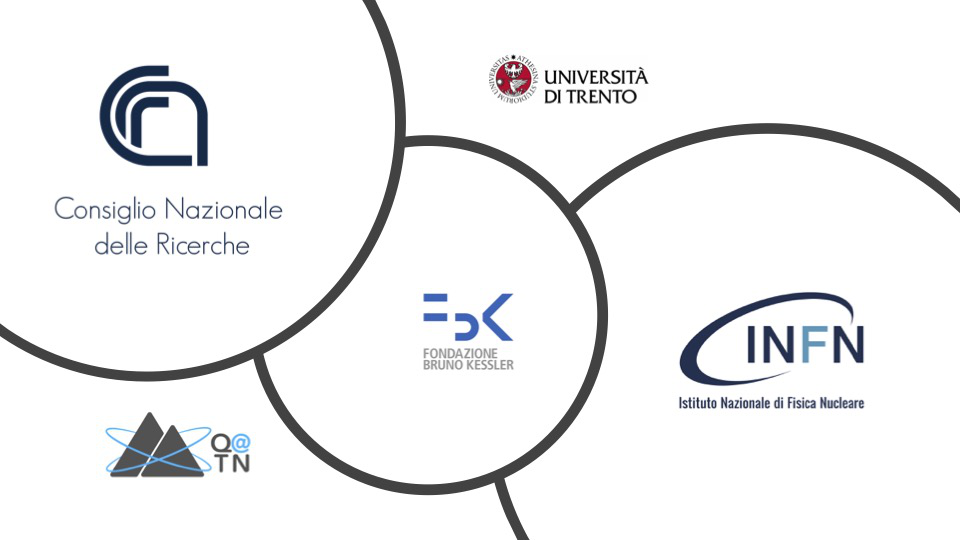Speaker
Description
We discuss the quasiclassical modelling of a Josephson Traveling-Wave Parametric Amplifier (JTWPA). This is a device able to provide parametric amplification through a metamaterial composed by coplanar waveguides embedding several Josephson junctions (JJs), taking advantage of the properties of these nondissipative and nonlinear superconducting components [1, 2].
A JTWPA composed by an array of one thousand JJs was first reported by Yurke et al. [3], while an analytical model, including a series of capacitively shunted JJs, was developed by Yaakobi et al. [4] and OBrien et al. [5], under appropriate assumption, i.e., the first-order approximation of the nonlinear Josephson inductance. Beside the optimistic predictions of these JTWPA models, practical implementations suffer from unwanted behaviors, such as limited gain and dynamic range and strong ripples in the gain vs frequency dependence are found. All these points call for an optimization of the design parameters, and also for a strict control of the cells and transmission line uniformity.
We have addressed these issues by a direct modeling of a JTWPA, without the typical simplifying assumptions of analytical treatments, that indeed were performed considering a lossless electrical circuit consisting of replicas of identical elementary cells. Thus, we can take into account random variation of relevant device parameters, since real devices, consisting of hundreds of Josephson elements, will suffer inevitable fluctuations in the values of the characteristic parameters, such as, in particular, in the junction critical current.
In our work, we analyze how random, or even ad-hoc generated, distributions of the characteristic parameters of the device can influence its response, in terms of the maximum estimated gain and bandwidth. Finally, this work helps in finding the optimal working conditions in a device that aims to get as close as possible to a realistic experimental setting.
References
[1] L. Fasolo, et al., Adv. Condensed-Matter Materials Physics–Rudimentary Res. Topical Technol., J. Thirumalai and S. I. Pokutnyi, Eds. Rijeka, Croatia: IntechOpen (2019)
[2] S. Pagano et al., IEEE Transactions on Applied Superconductivity, 32, 4, (2022) 1500405
[3] B. Yurke, et al., Appl. Phys. Lett. 69 (1996) 3078
[4] O. Yaakobi, et al., Phys. Rev. B 87 (2013) 144301
[5] K. O’Brien, et al, Phys. Rev. Lett. 113 (2014) 157001

